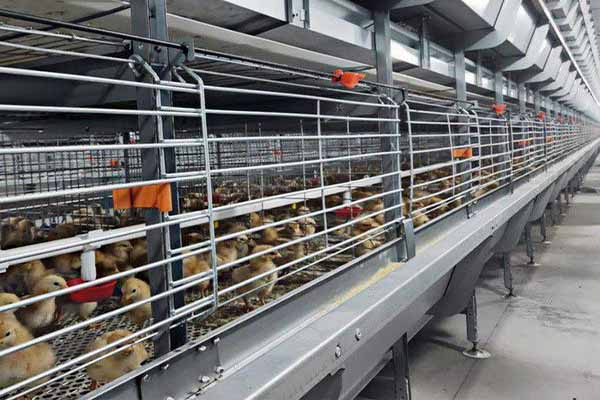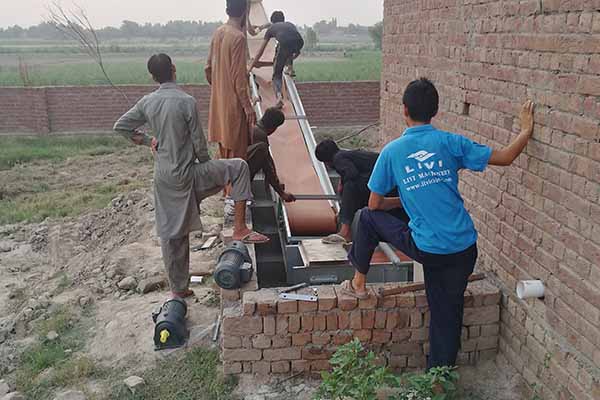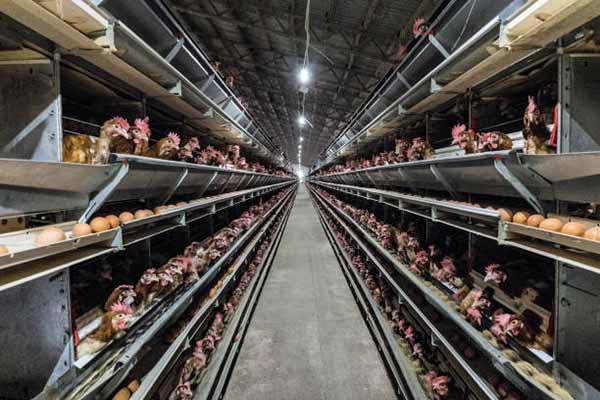Optimizing Broiler Chicken Production with Climate-Sensitive Cage Systems
Broiler chicken farming has evolved significantly over the years, with a growing emphasis on efficiency and animal welfare. One of the key advancements in this sector is the integration of climate sensors in broiler cages. This article delves into the benefits of using climate-sensitive cage systems and how they can optimize broiler chicken production.
Benefits of Climate-Sensitive Cages
- Improved Climate Control: Climate sensors enable precise monitoring and adjustment of temperature, humidity, and air quality within the broiler cages. This ensures optimal conditions for the chickens, leading to better growth rates and reduced mortality rates.
- Energy Efficiency: By maintaining ideal climate conditions, the energy consumption for heating and cooling is minimized, resulting in significant cost savings for the farm.
- Enhanced Animal Welfare: Climate-sensitive systems contribute to a healthier environment for the chickens, reducing stress and improving overall welfare.
- Data-Driven Decision Making: The data collected from climate sensors can be analyzed to identify trends and optimize farming practices, leading to more informed decision-making.
According to a study by the Journal of Applied Poultry Research, farms using climate-sensitive systems experienced an average increase of 5% in broiler weight gain and a 3% decrease in mortality rates compared to those without such systems.
Key Features of Climate-Sensitive Cages
| Feature | Description |
|---|---|
| Temperature Sensors | Monitors and adjusts the temperature within the cage to maintain optimal conditions for the chickens. |
| Humidity Sensors | Ensures the humidity level is within the recommended range to prevent health issues and improve growth rates. |
| Air Quality Sensors | Monitors carbon dioxide and ammonia levels to maintain a healthy environment for the chickens. |
| Automated Control Systems | Automatically adjusts the climate settings based on the sensor data to optimize conditions for the chickens. |
Implementing climate-sensitive cage systems requires careful planning and consideration of various factors, including the size of the farm, the number of chickens, and the initial investment costs.
Investment Returns and ROI
While the initial setup cost for climate-sensitive cages may be higher, the long-term benefits often outweigh the initial investment. According to a report by the U.S. Poultry & Egg Association, the return on investment (ROI) for climate-controlled systems can range from 15% to 25% within the first three years of implementation.

Table 1: Estimated ROI for Climate-Sensitive Cages
| Year | ROI (%) |
|---|---|
| 1st Year | 20% |
| 2nd Year | 18% |
| 3rd Year | 15% |
These figures illustrate the potential financial benefits of investing in climate-sensitive cage systems.

Conclusion
Climate-sensitive cage systems are a valuable addition to modern broiler chicken farming. By optimizing climate conditions, farms can achieve better growth rates, reduced mortality, and significant cost savings. If you are considering implementing such syste ms on your farm, contact us today for a free, no-obligation consultation and a detailed design plan tailored to your needs.
ms on your farm, contact us today for a free, no-obligation consultation and a detailed design plan tailored to your needs.
For more information or to schedule a consultation, please leave a comment below or contact us directly.




